Dislocacion Project
Lengua Izquierda
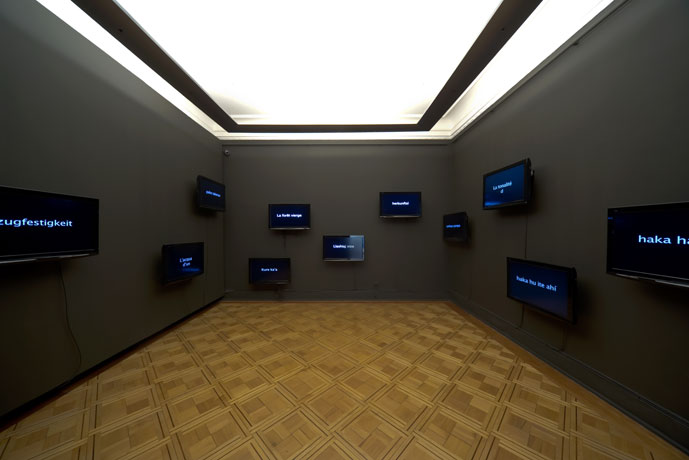
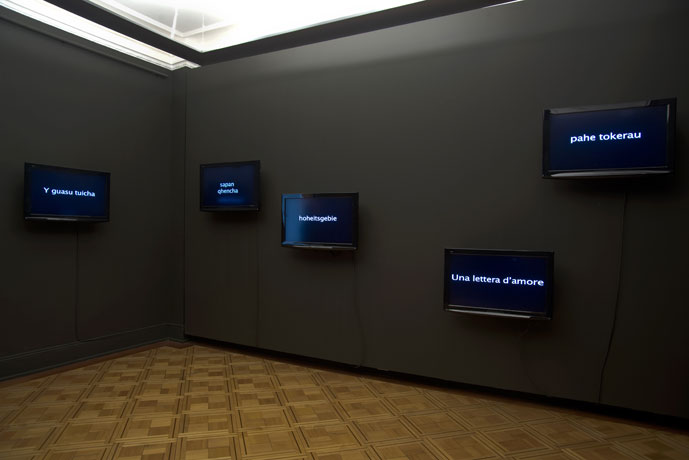
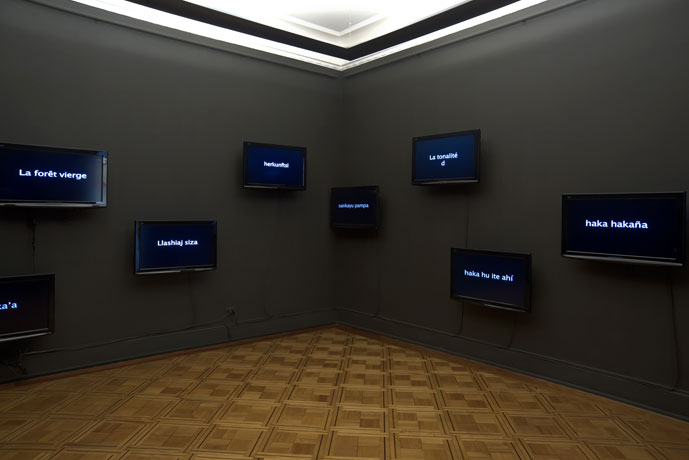


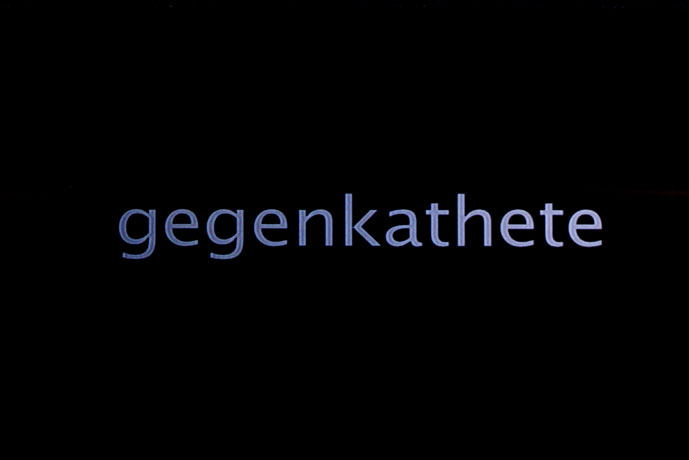
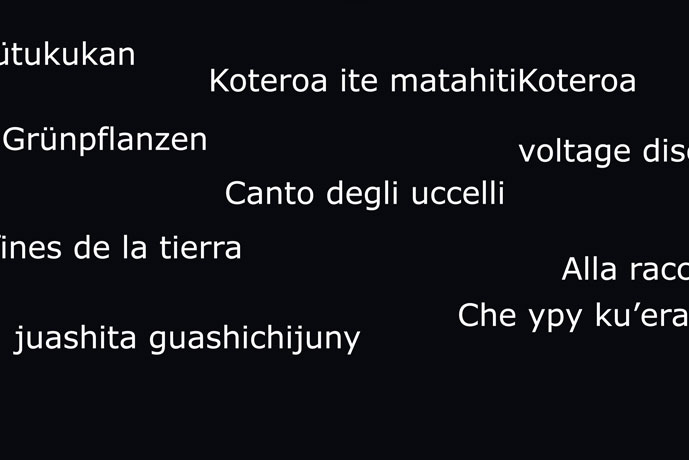
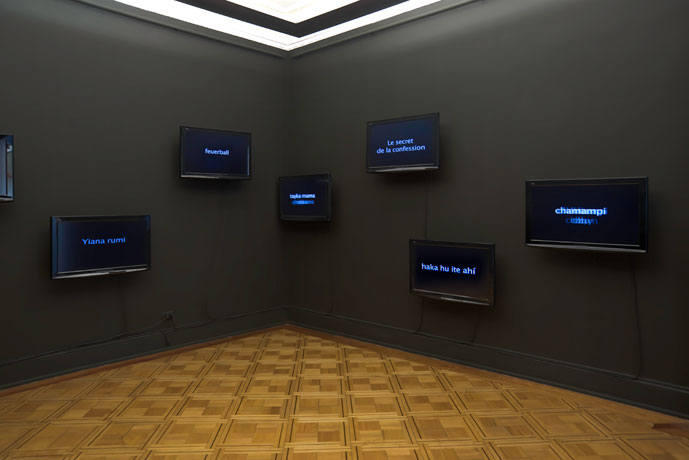
CHILE 2010
03 sept. -- 15 nov.
Museo de la Solidaridad Salvador Allende
República 475
Santiago, Chile
http://www.museodelasolidaridad.cl/
Curado por / Curated by: Ingrid Wildi Merino
2011 SWITZERLAND
18 mar. -- 19 jun.
Kunstmuseum Bern
Hodlerstrasse 8-12
3000 Bern 7, Switzerland
http://www.kunstmuseumbern.ch/
Curado por / Curated by: Ingrid Wildi Merino & Kathleen Bühler.
The real thing is the native language, it is proper and has this condition in this work, given by the European languages, women who speak their own languages, in German, Portuguese, English and Spanish. But in my case, there is an obligation to articulate the Latin-American native languages properly, for affection and due to my Chilean condition, but I do not really speak them, so I feel a contradiction, more than the willing of claiming because of the identity and condition, my ancestral language. During all this process I feel that I have spoke with my left language the left-handed tongue that has slept because the event.
.
The oppression of my other hidden tongue, resistant, left, from an old epistemological phalanx, survives to the hegemony and insistent logic of other languages that go far beyond, much more beyond…from just naming things.
Examples on English and Aymara languages
Long time ago
Nayra pacha
(Watch the time, behind)
My ancestors
Haque hualu pacha
(Those from antique times, as myself)
They have talked with cultured words
Suma arukhaata
(with noble words)
They have indicated or / named
Sutikhata
(they have given their name to)
Holes in the road
Toqho toqho Sarathana
(hole and hole in the road)
Big river
Huaccanca taita hawira
( big and father of the rivers)
Bernardo Oyarzún 1963
The work of Bernardo Oyarzún has been impregnated with his self-image. At school, as a dark-skinned Chilean he had to endure name-calling, like ‘black’ or ‘native Indian’ but it is undoubtedly when he was arrested by the police on the street after being confused with a criminal, that his self-esteem was most wounded. That terrible event gave birth to “Bajo Sospecha” (Under Suspension, 1998) in which the artist reproduced photos of himself as the police portrayed him when he was arrested.
His work is inserted in a proletarian context, its references are taken from the marginal sectors of society and it has an anthropological basis that is associated with Latin American identity, its native roots and mestizaje.

